Tacx Neo 2T vs Wahoo Kickr 2022: A premium smart trainer head-to-head
A comprehensive comparison between two of the leading direct drive smart trainers available today
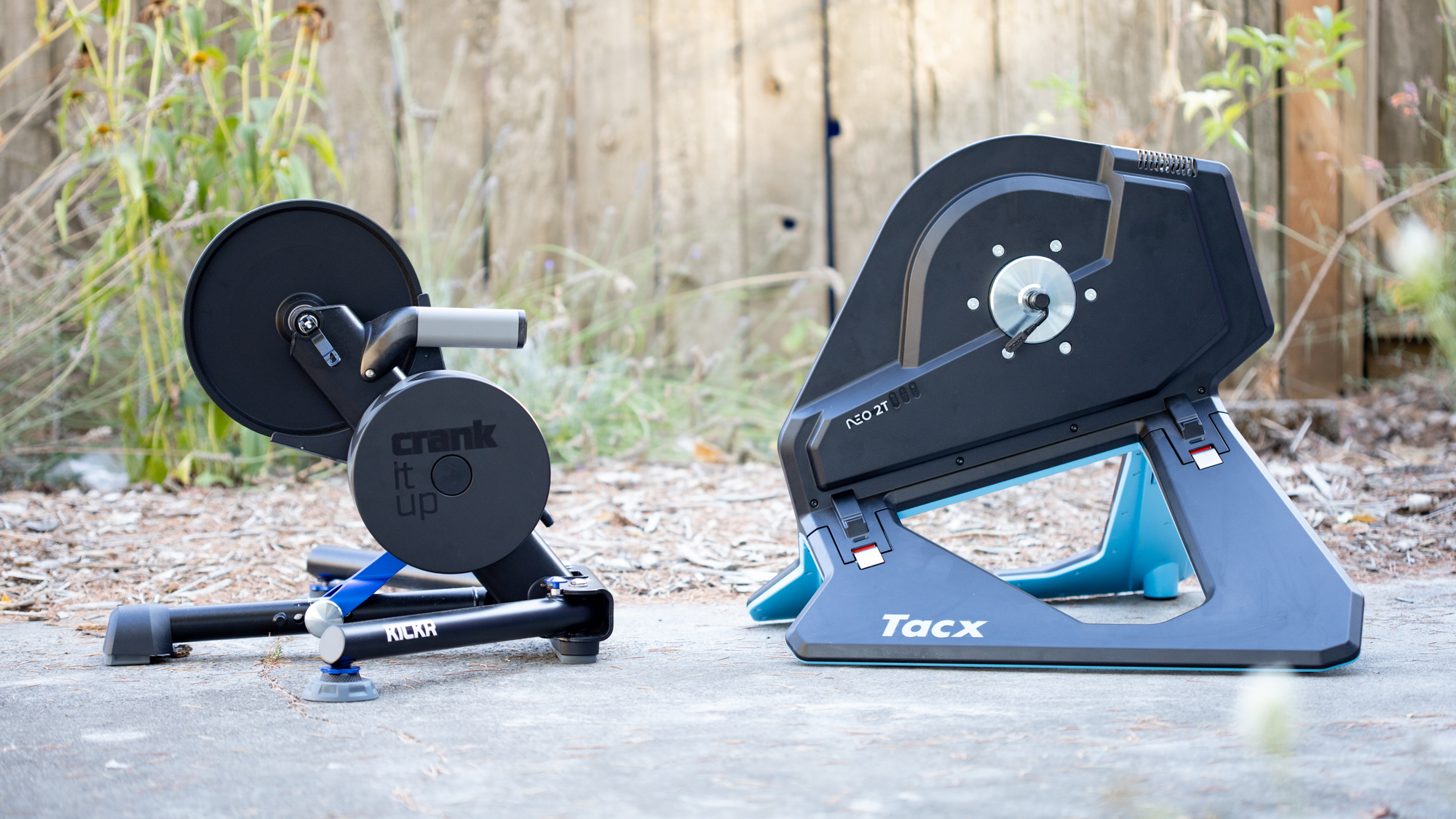
As we head into the winter season in the northern hemisphere, we are heading into turbo trainer season. There will be some of you who will hang up the summer bike and move to strictly indoor riding. There will also be some who continue to ride outside when possible but with the days getting short, even those of us who brave the elements will likely be spending more time on a turbo trainer. Making the most of the situation will mean jumping over to our list of the best smart trainers available and finding the right product for our needs.
There are a lot of options available, at various price points from a range of brands, but two of the biggest names in the high-end turbo trainer space are Tacx and Wahoo. The Tacx Neo 2T and the brand-new 6th iteration of the Wahoo Kickr are not the only top-of-the-line trainers available but they are the two most popular. If you are shopping for a new trainer this season, it's likely you will be looking at these two options. I have spent a considerable amount of time on both, I'm regularly pitting the Tacx Neo 2T vs the Wahoo Kickr in my testing, and here I'm going to share my findings on what makes them different, and which you should buy. Keep reading to find out why you might choose one over the other.
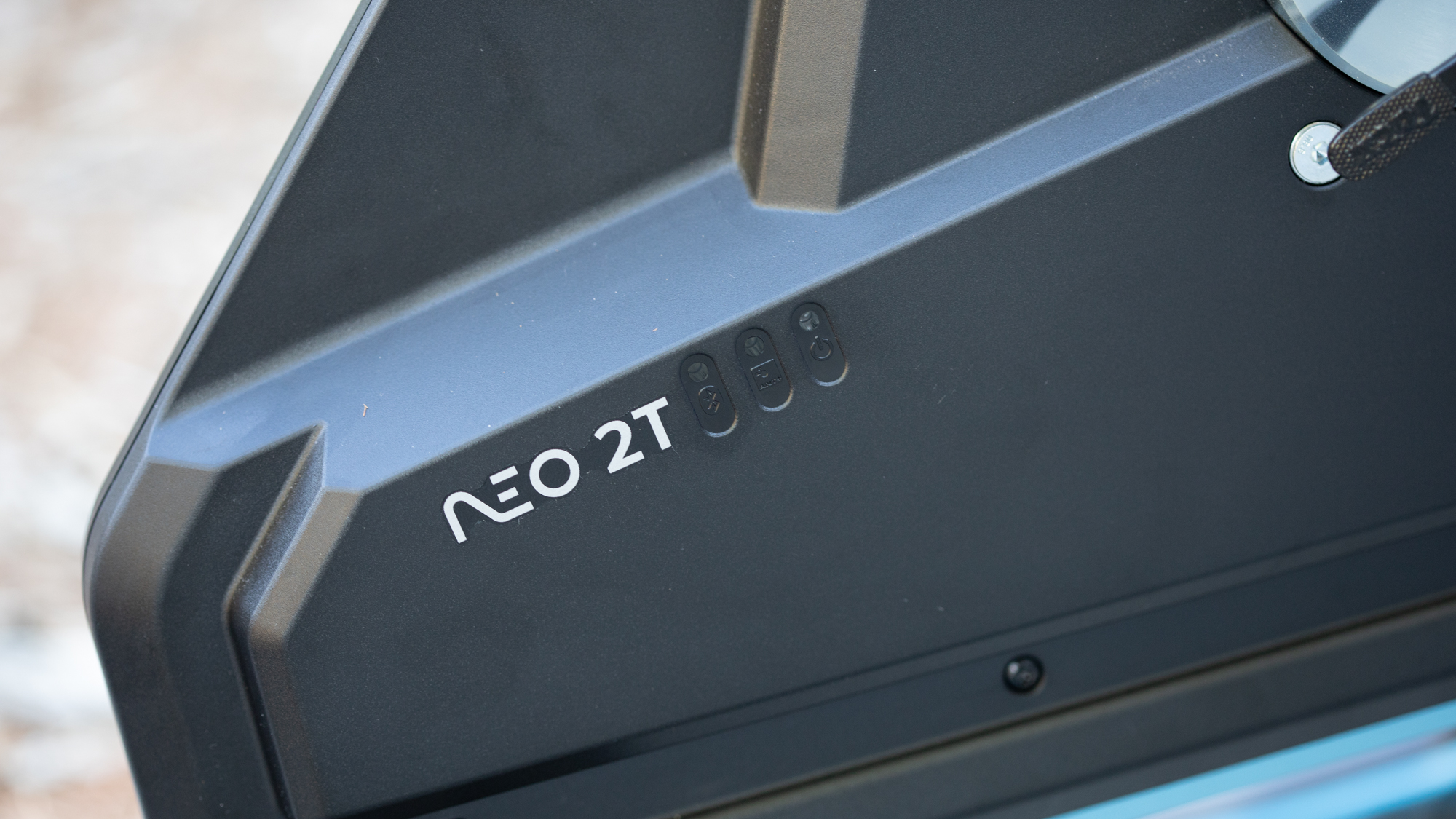
What’s the same
Typically when I do a comparison I like to start by diving into what makes each unique and then follow up with the ways in which they are the same. This time I think it's important to change it up a little because there is some history in the trainer market that still shapes perceptions. At one point the fact that a given trainer would talk to the software you wanted to run, or even that it would broadcast the data using a particular industry standard, was far from guaranteed. That's all long gone.
Barring any outliers that might exist, modern smart trainers use industry standards. You can choose the smart trainer you want and expect to have the data broadcast simultaneously via ANT+ and Bluetooth. There are some details to consider but your trainer will support connections via those standards for cadence, power, and trainer control. Both the Tacx Neo 2T and the Wahoo Kickr offer support for ANT+ FE-C, ANT+ Power, Bluetooth Smart Trainer Control, and Bluetooth Smart Power.
You can also rest assured that whatever trainer you choose, you will be able to connect to the software of your choice. Zwift might have its own trainer but the reason for that was the ease of entry into the Zwift ecosystem. The brand has no desire to lock anyone out and if you'd prefer a different trainer, you can feel free to use it. The same goes for Wahoo X which is the new name for the Wahoo indoor riding software that encompasses both the interval training software SYSTM and the virtual riding component RGT. Wahoo owns the whole package but Tacx products will work without issue.
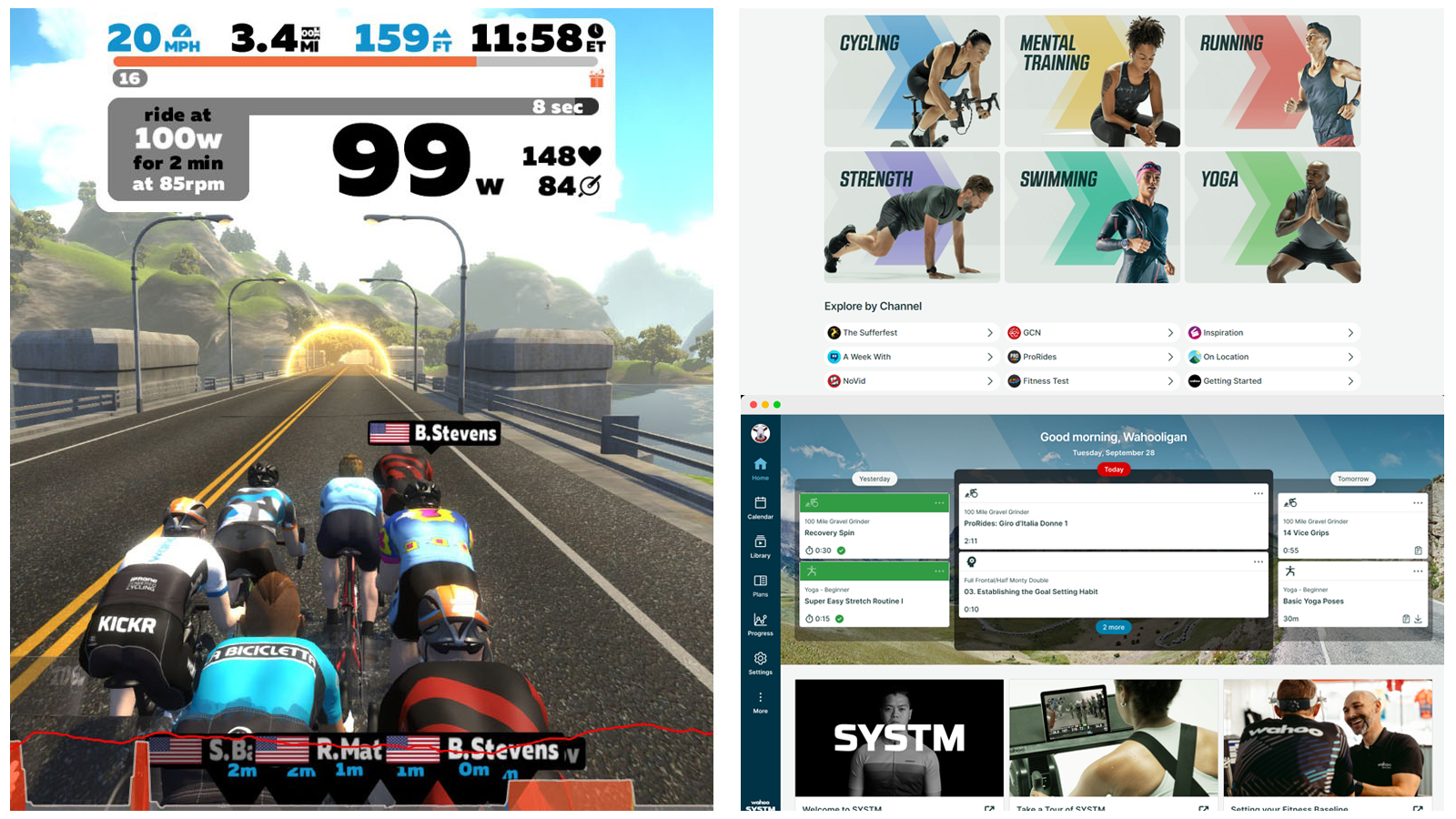
Another big issue that has largely disappeared is noise. Once again there was a time when some trainers were so noisy it was an issue and other brands began to hang their hats on low noise as a selling point. Although the brands will still tend to discuss the noise, it's a non-issue for owning a smart trainer. The noise of your drivetrain and fans are significantly louder than a modern smart trainer. Certainly, when comparing Tacx Neo 2T vs Wahoo Kickr, their operating volume is not going to help you make a choice.
Another thing that might come up is bike compatibility. We've got bikes with thru-axles, quick releases, disc brakes and rim brakes, not to mention rear cassettes with different sprocket counts. For cassette options, you just need to order the correct freehub body and install the cassette of your choice. Shimano 8, 9, 10, 11, or road 12 speed will work, as will SRAM XDR and Campagnolo.
Get The Leadout Newsletter
The latest race content, interviews, features, reviews and expert buying guides, direct to your inbox!
The Wahoo Kickr includes an 11-speed Shimano compatible cassette (made by SunRace) with the purchase. There are also provisions from both systems for all the major axle systems and disc or rim brakes, although Tacx has a spacer that may be necessary to prevent disc brake contact.
The last thing you might think about is power accuracy. For a lot of people, indoor riding is the entry point to riding with power and different trainers make different promises. Generally speaking, lower-end trainers are less accurate. In this case, both the Tacx Neo 2T and the Wahoo Kickr are accurate to within the +/-1% gold standard and neither require calibration.
Now that we have an understanding of how these two trainers are similar let's discuss some of the differences.
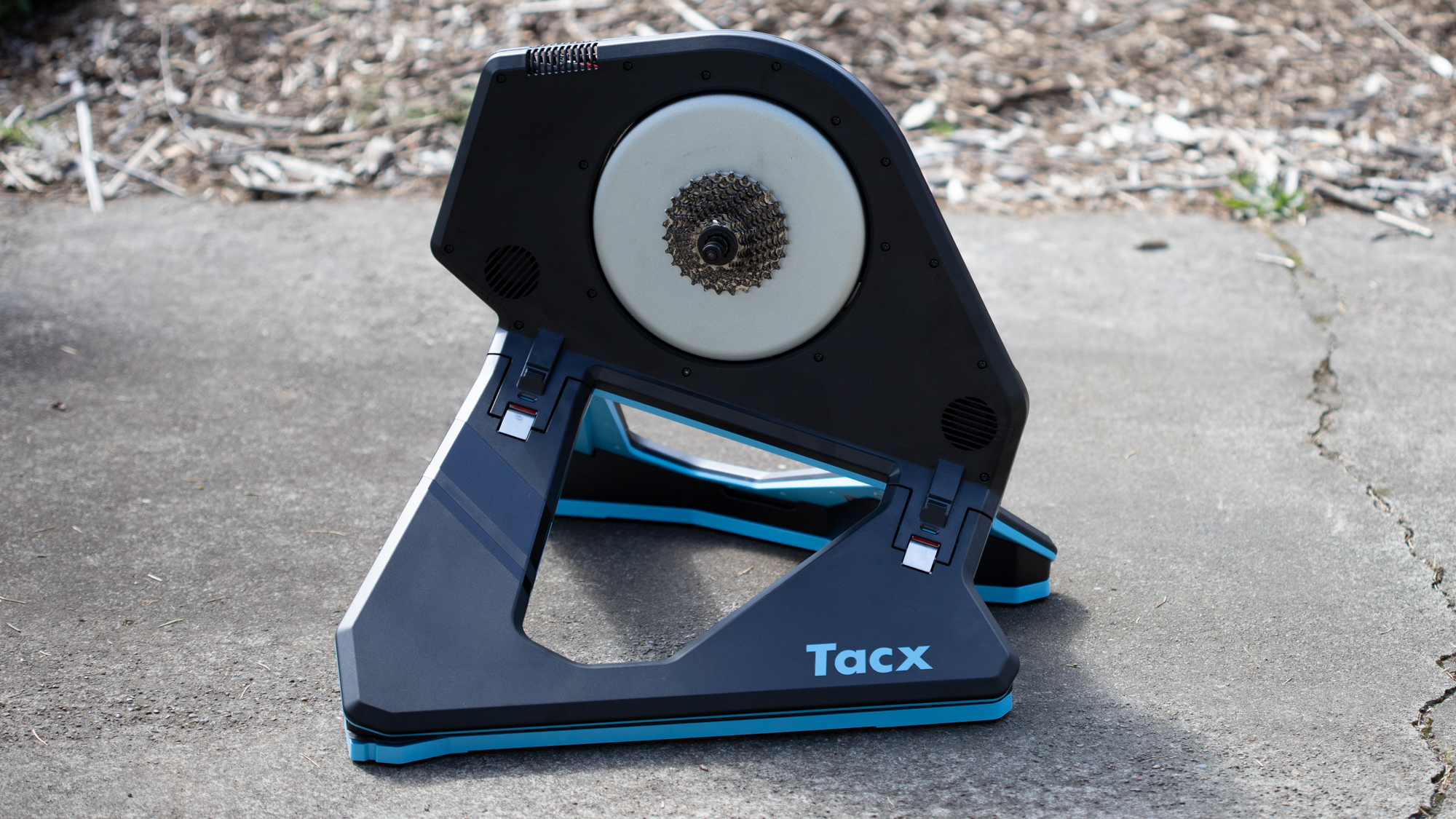
The Tacx Neo 2T is unique among trainers in a lot of ways but visually the most prominent is that it has no flywheel. There is no system of belts and flywheels and instead, the cassette drives the motor directly with a max of 2200 watts and a 25% max incline. One of the obvious ways this plays out is in the physical design and lack of needed space for the flywheel. The main body of the unit is vertical and very narrow. Supporting the main body is the job of a pair of wings that also fold up for storage. They lock in place and even with the stability they provide there is a significant amount of natural left and right movement when riding. Garmin doesn't give a figure for that but it's noticeable as soon as you start riding.
While the virtual flywheel system is interesting for the sake of external packaging, it goes a lot farther than that. It's also a part of what makes this trainer unique from everything else on the market. For one thing, you don't technically have to plug in the trainer for resistance. Given that there's no handle and it weighs 21.5kg I don't expect this to be a frequent race day warmup partner but it could be. For most people who leave it plugged in at home, there are a couple of realism details though.
In real life when you descend there's inertia involved. It's a complicated dance that simulation software tries to replicate but the Tacx Neo 2T uses its direct connection to the freehub to accelerate the freehub during descending. In use, it's very subtle but it's a feature that no one else has at this price range. Matching it on the Wahoo side will require stepping up another level to the Wahoo bike.
The other standout feature of the Tacx Neo 2T is road feel and it's another feature that's only possible because of the direct connection to the motor. This is a feature that you can't buy from anyone else at any price point and it's really as simple as a pulsation of the motor in a variety of specific ways. As you ride over cobbles, or gravel, in Zwift the Tacx trainer will shudder in a way that does a remarkably good job of simulating the feel of real-life cobbles or gravel.
On the software side of the equation, Tacx has a rather robust companion app. There are training plans and intervals of all kinds that you can use without any additional purchase. There are even rides with video although you’ll need to pay a subscription for much of that content. One feature I’m happy to have is the ability to set a power target for ERG mode. This is a great option to use when you are needing to make sure you get base miles in but don’t want to concentrate on holding consistent power.
Tech Specs: Tacx Neo 2T
- Price: £1,199 / $1,399.99 / €1,299 / $1,999.00 AUD
- Max power: 2200 watts
- Accuracy: <1 percent
- Max grade simulation: 25 per cent
- Connectivity: ANT+, Bluetooth Smart
- Freehub compatibility: 9/10/11sp Shimano/SRAM (Campagnolo, Shimano Microspline, SRAM XD- and XD-R freehubs sold separately)
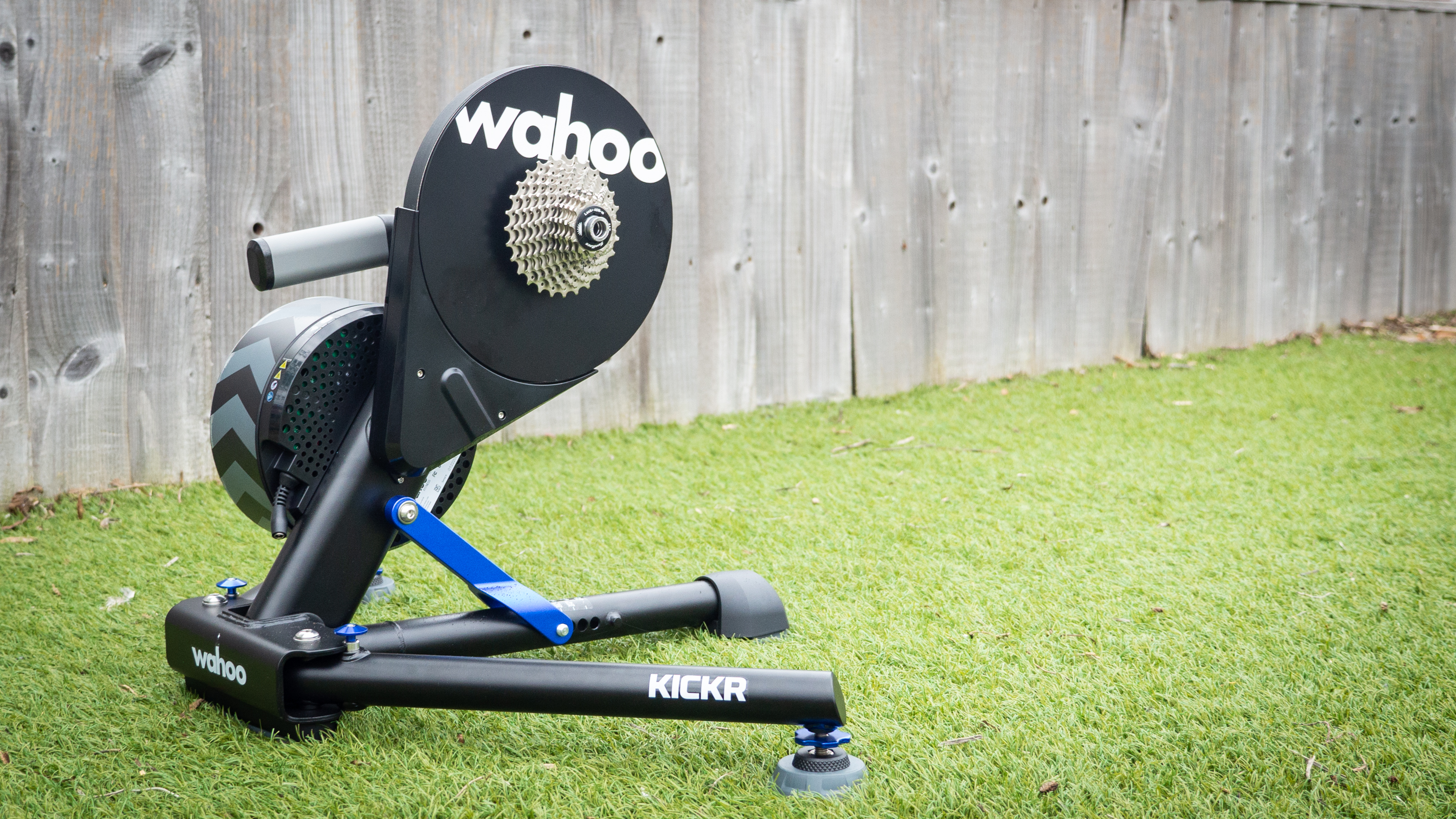
Wahoo Kickr 2022
Like all other trainers, the 2022 Wahoo Kickr uses a flywheel to help hold inertia in the same way a bike does outside. In the case of the Kickr, that's a 16lb flywheel and it hangs off the trainer on the non-drive side visually balancing the main part of the unit which is also a circle. Between the two circles is the best handle of any trainer out there. Most people don't move their trainers that often but at 21kg if you do it even once you'll realize how nice that handle is.
When ready to ride, the Kickr uses a three-leg kind of modified tripod arrangement for stability. The two outer legs will fold in for storage but when in use they feature a system Wahoo calls the AXIS feet in order to provide up to five degrees of natural side-to-side movement. All it amounts to is a compressible foot at the end of the leg that allows a small amount of rocking. Like the Tacx, it's stable in the way it needs to be but allows movement for comfort. Along the front leg, there is also an adjustment for the height of the cassette to account for bikes with different-sized wheels.
This latest version of the Kickr adds to these physical design differences with a couple of unique features of its own. The flywheel design might be somewhat standard but Wahoo seems to be focusing a lot on providing the best possible connection stability. The last generation of the Kickr introduced a purchasable network connector and this generation builds on that with the addition of WiFi. Unfortunately, in my experience, I still found ANT+ the most stable. More options are still a good thing though because every situation is different.
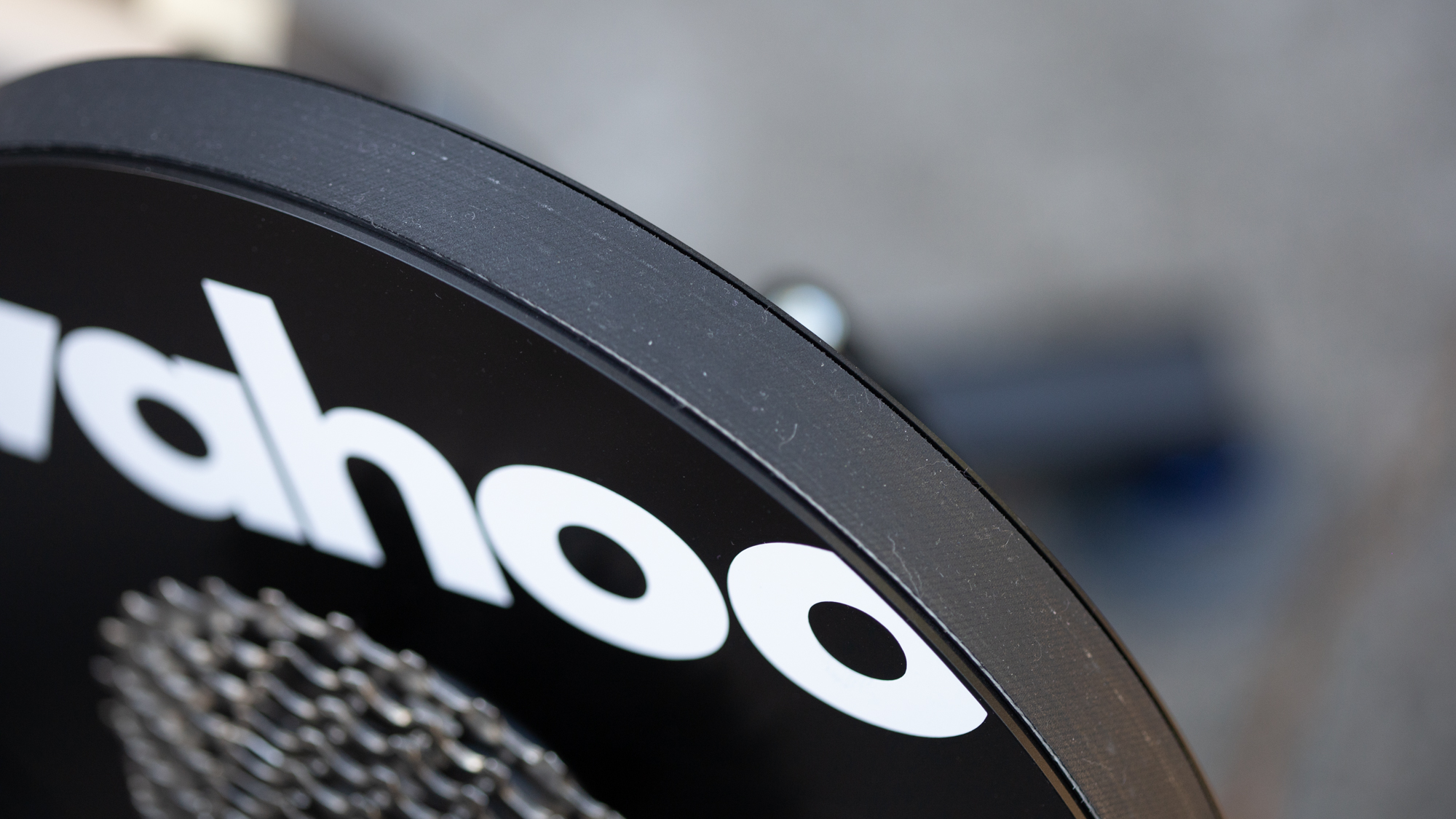
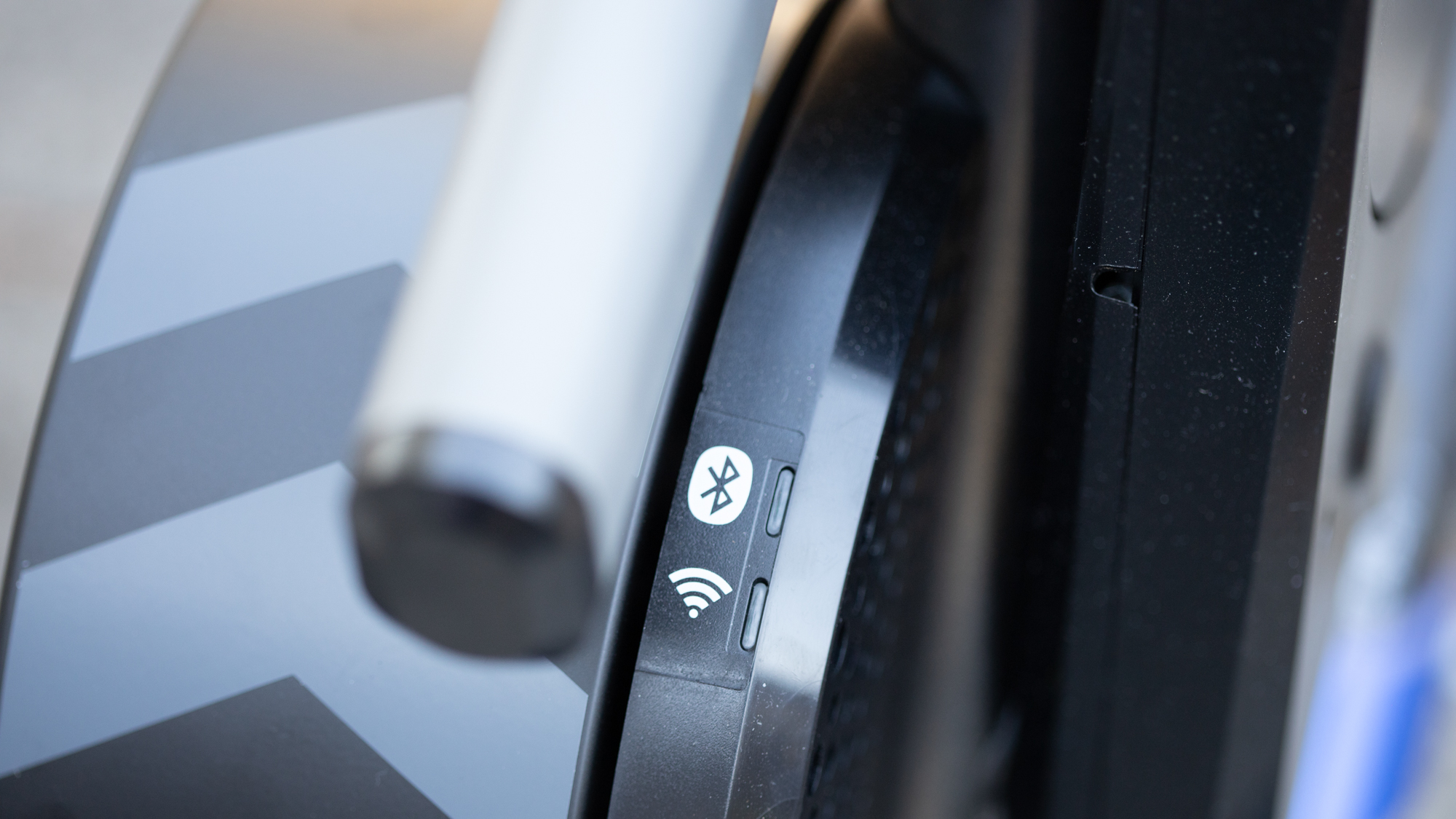
Wahoo also introduced a small change in the way the ERG mode works for the Kickr. Wahoo calls the feature 'ERG Easy Ramp' and it's a feature that builds on the road feel that was already a strong point for Wahoo. Both trainers will respond lighting fast to a change in the requested power but in ERG mode that can be a problem. Sometimes you will fail an interval, when that happens you need to be able to pedal again and ERG mode has to transition into the requested power. The way that transition happens is a software decision and Wahoo is looking to smooth it out. You will also feel this change if you find yourself taking a break in the middle of a climb in virtual riding software.
Like Tacx, Wahoo also has a robust companion app but there is a big conceptual difference. Anyone who has been using the Wahoo ecosystem for a long time will be familiar with the basics of this app because it’s been around with very little change since the days of the Wahoo RFLKT. You can also set an ERG target and the Wahoo app continues to be very useful for connecting whatever sensors and recording a huge range of activities. The big difference compared to Tacx is that Wahoo doesn’t include workouts or a visual ride system because Wahoo has Wahoo X with both RGT and Systm. This subscription is the biggest Zwift rival out there and if you are looking for a paid indoor riding option this has everything you could want.
Tech Specs: Wahoo Kickr
- Price: £1,099.99 / $1,299.99 / €1,299.99 / AUD $1,799.95
- Max power: 2200 watts
- Accuracy: +/-1%
- Max grade: 20%
- Connectivity: Wifi, bluetooth, ant+, fe-c
- Rear wheel size: Road: 24”, 650c, 700c mtb: 24”, 26”, 650b, 29”
- Cassette (included): 11-speed 11-28t, compatible with Shimano, SRAM, and Campagnolo 11
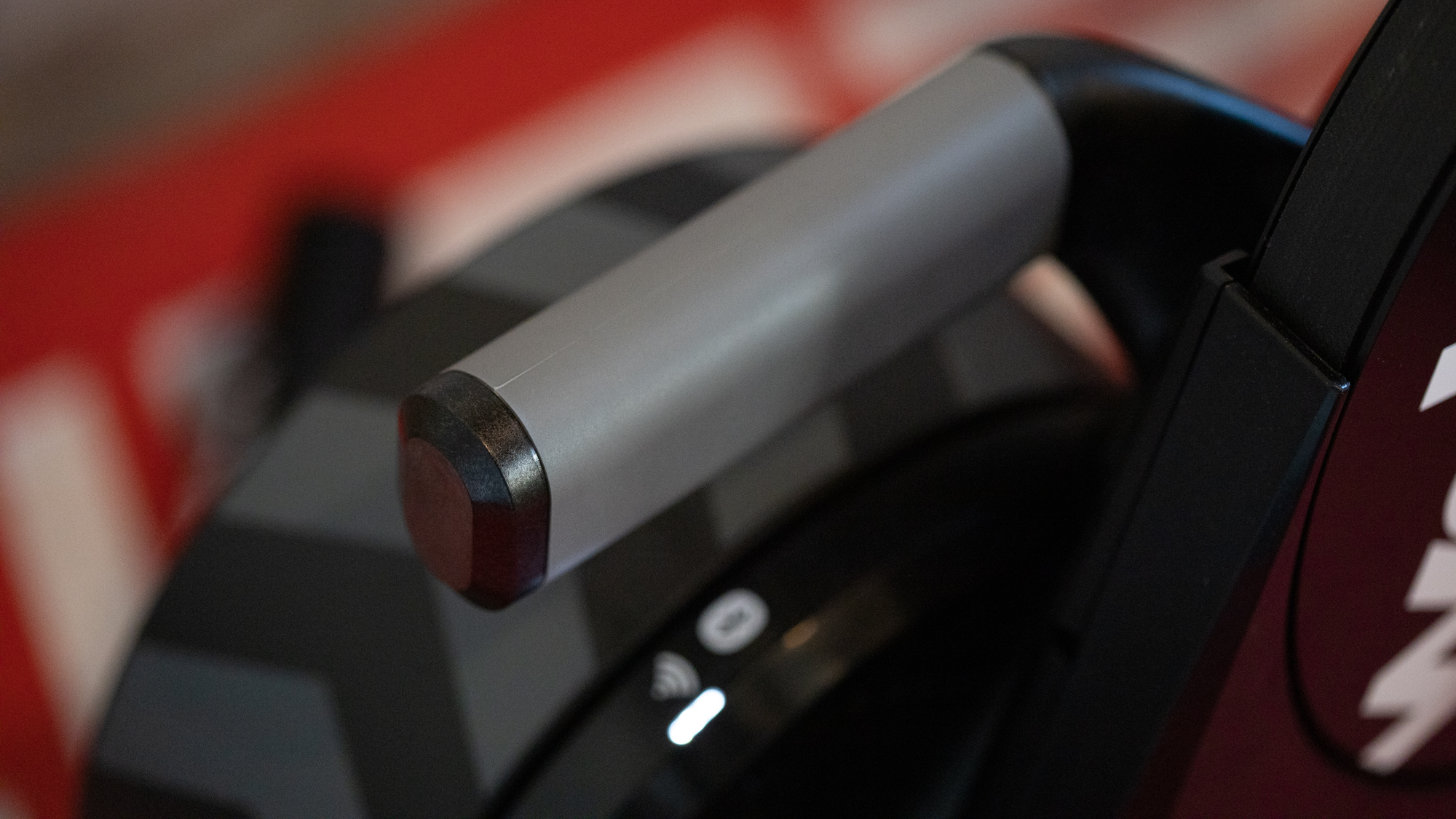
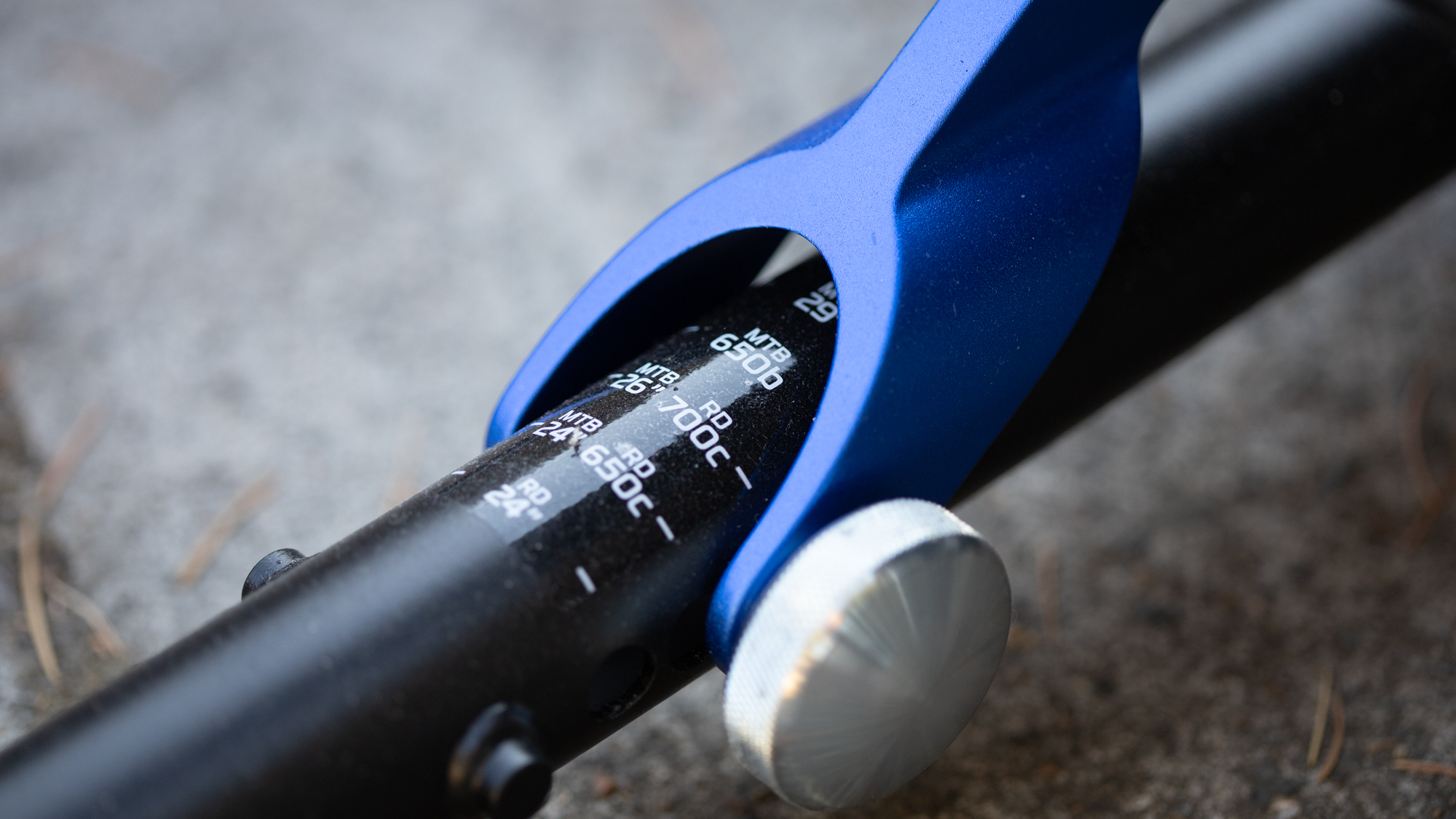
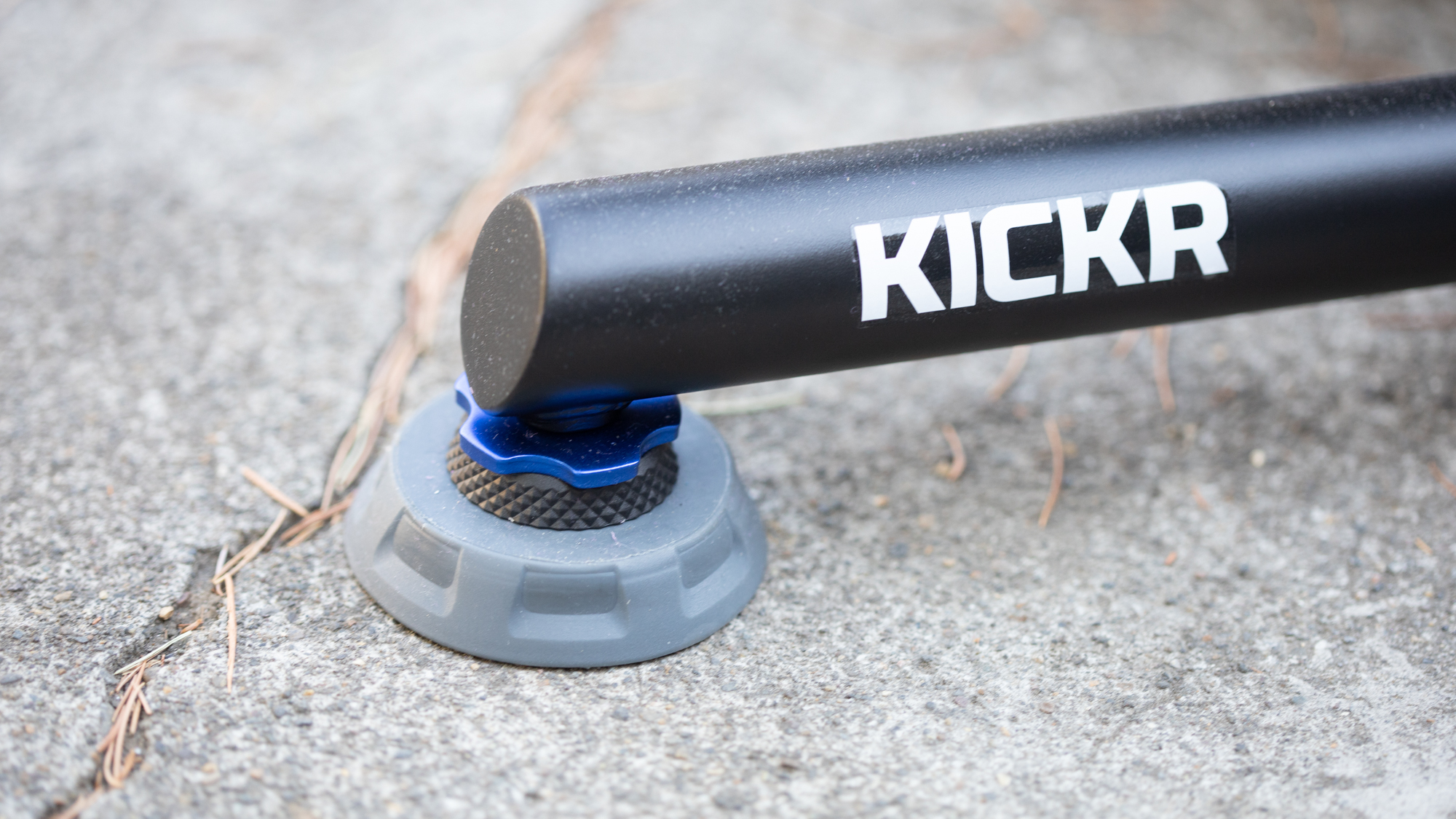
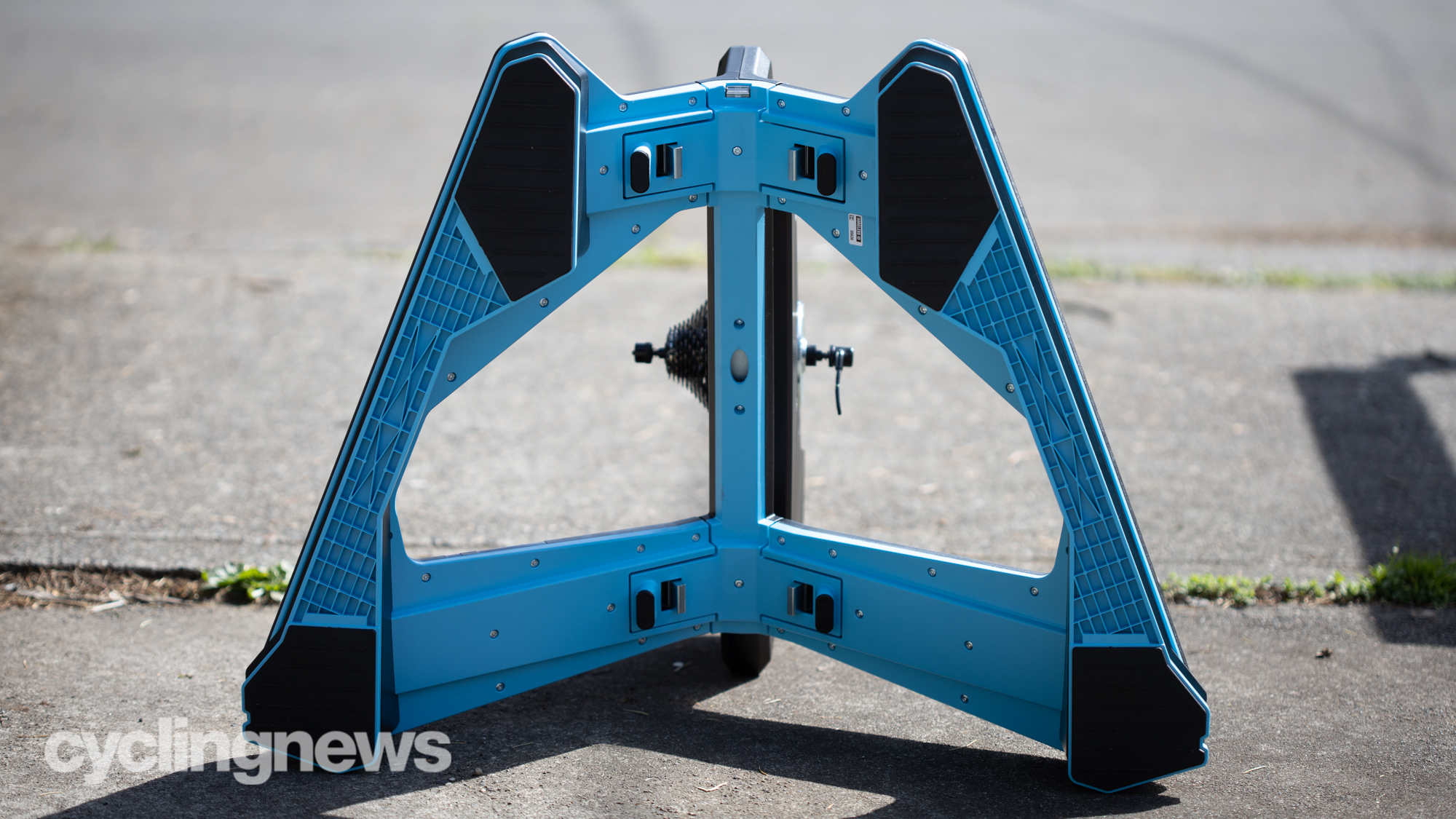
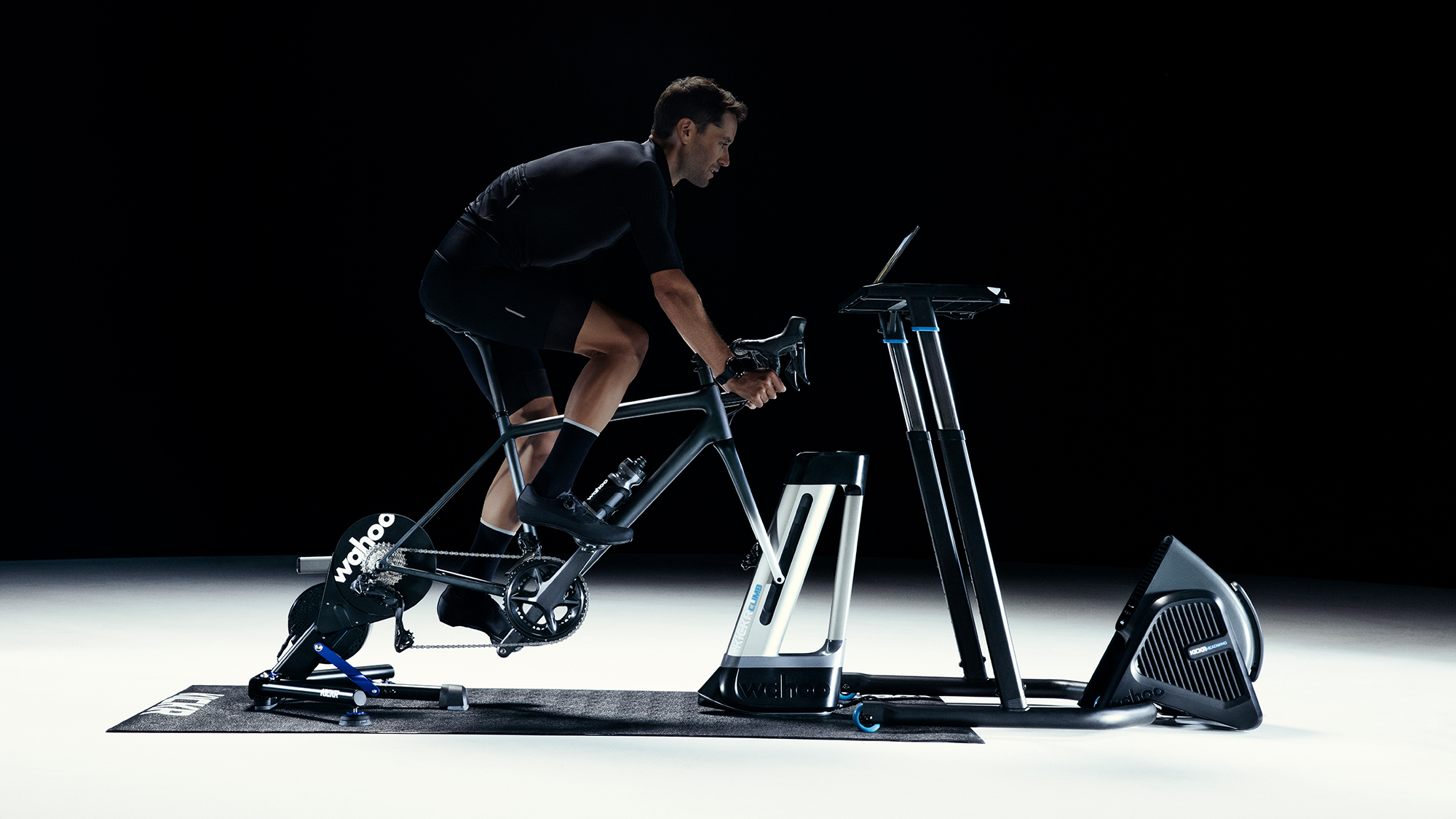
Which trainer should you buy?
As we covered in the beginning, the Wahoo Kickr 2022 and the Tacx Neo 2T are both the best of the best options out there and they are incredibly advanced. If you limit your focus to just the trainer, Wahoo shines when it comes to connectivity. The Kickr has ANT+ and Bluetooth but you have as many as three concurrent Bluetooth connections and there's now the ability to take advantage of WiFi. If connections are an issue for you this is a clear advantage. On the other hand, the unique way that Tacx handles resistance adds both road feel and more realistic descending. It's not something anyone else can match.
Those details aren't what end up really setting the two systems apart. For that, we've got to look to the larger ecosystem. Right now Tacx is offering its motion plates, which add even more movement into the system, for free, but that's the end of what they offer. Wahoo dwarfs that offering with an entire range of accessories. You can supplement your trainer with the Kickr Headwind fan that's not only incredibly powerful but will also respond to your heart rate. Or you can add climbing with the Wahoo Kickr Climb and the front of your bike with raise and lower as you ride virtually.
If you are only ever going to use a smart trainer on its own then the Tacx Neo 2T better simulates real riding. That's true both because it has more movement, especially with the motion plates but also because of the road feel and the powered descending. It's worth noting though that it's a little more expensive, and you will need to purchase a cassette on top of that. The data broadcast features are also limited to ANT+ or a single Bluetooth connection.
If you feel more like the trainer is just a piece of your indoor riding setup then you might consider the Wahoo Kickr. The Kickr Climb is only compatible with Wahoo trainers and it's a very immersive piece of equipment. Wahoo also offers a lot of connection options which, if that's an issue for you, might be the difference between a system that works and a system that doesn't. The Wahoo Kickr is also cheaper and Wahoo has the advantage of being the market leader. Tacx is well known but if you are looking to buy, or sell, a used trainer Wahoo dominates the used market.
Josh hails from the Pacific Northwest of the United States but would prefer riding through the desert than the rain. He will happily talk for hours about the minutiae of cycling tech but also has an understanding that most people just want things to work. He is a road cyclist at heart and doesn't care much if those roads are paved, dirt, or digital. Although he rarely races, if you ask him to ride from sunrise to sunset the answer will be yes. Height: 5'9" Weight: 140 lb. Rides: Salsa Warbird, Cannondale CAAD9, Enve Melee, Look 795 Blade RS, Priority Continuum Onyx
